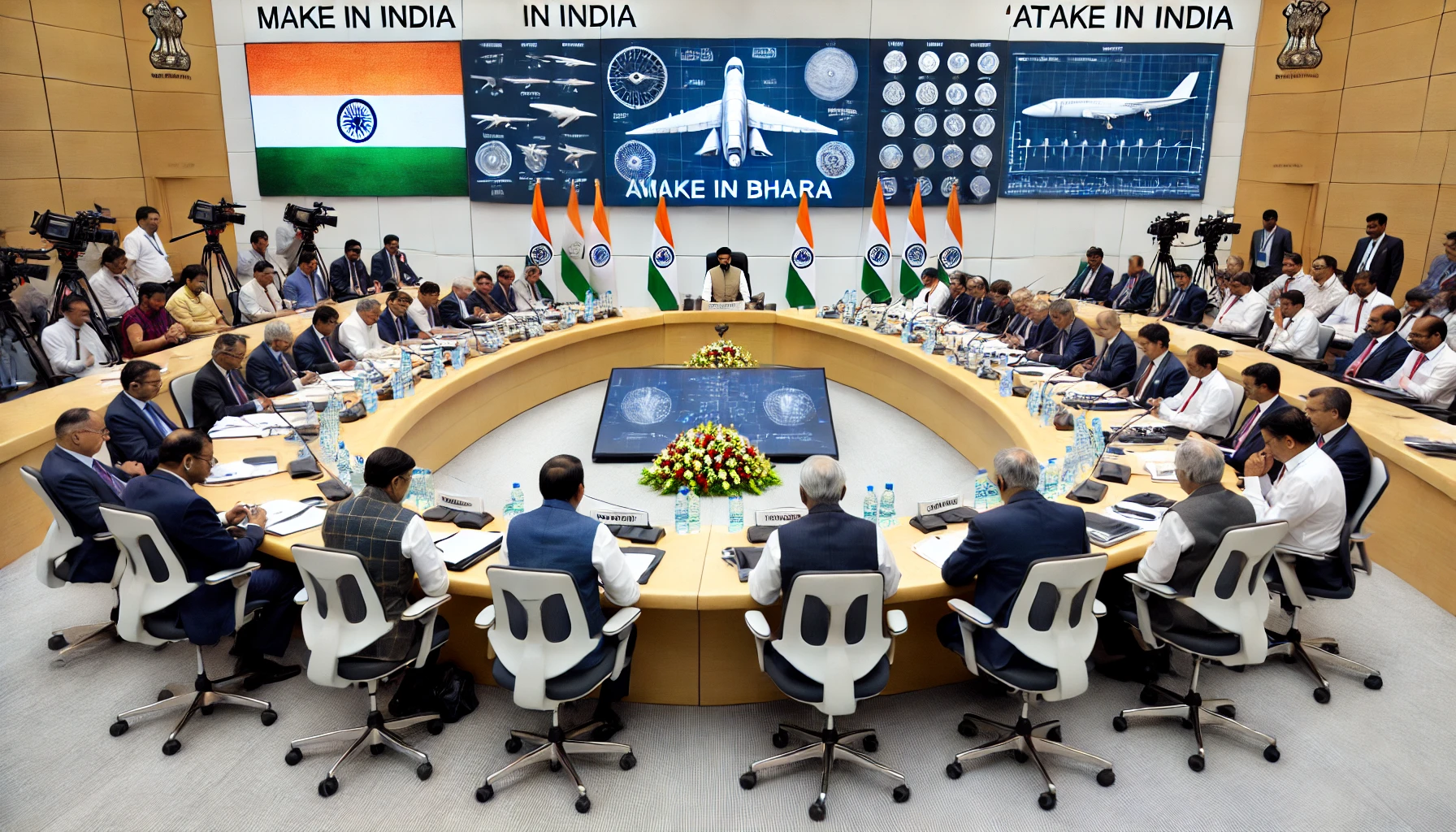India's Aviation Revolution: Protection of Interest in Aircraft Objects Bill, 2025, Passed
“The growth we are witnessing today is the result of a clear vision, hard work, and dynamic leadership,” said Naidu, underscoring the role of leadership in driving the aviation sector to new heights.

- Country:
- India
The Indian aviation sector is soaring to new heights with the recent passage of the Protection of Interest in Aircraft Objects Bill, 2025. Introduced by the Minister of Civil Aviation, Shri Ram Mohan Naidu, the bill aims to overhaul the country’s aircraft leasing and financing ecosystem by aligning it with international best practices. This transformative legislation was approved by both the Lok Sabha and the Rajya Sabha, marking a major milestone in India’s aviation reform journey. It is the second significant reform in civil aviation under the leadership of Shri Ram Mohan Naidu, following the highly successful launch of the National Civil Aviation Policy (NCAP) in 2016.
Visionary Leadership and A Strong Reform Agenda
In his address during the passage of the bill, Shri Ram Mohan Naidu emphasized the government’s vision to position India as a global aviation hub. He credited Prime Minister Shri Narendra Modi’s leadership for facilitating unprecedented growth in India’s aviation sector. “The growth we are witnessing today is the result of a clear vision, hard work, and dynamic leadership,” said Naidu, underscoring the role of leadership in driving the aviation sector to new heights.
A Leap Towards Global Standards in Aircraft Financing
The Protection of Interest in Aircraft Objects Bill aims to address a critical gap in India’s aircraft leasing market, which has faced challenges in legal enforcement under the Cape Town Convention of 2001. India formally adopted the Cape Town Convention in 2008, but due to gaps in legal protection and enforcement, aircraft leasing costs in India remained significantly higher than in other countries, at approximately 8 to 10 percent more. This bill seeks to plug these gaps, offering legal certainty to aircraft financiers and lessors while reducing the overall costs for Indian airlines.
This new legislation will enable easier financing and leasing of aircraft by providing a more predictable legal framework for investors. By enhancing investor confidence, the bill is expected to make India a more attractive destination for aviation investments, reduce operating costs for airlines, and promote the growth of the sector.
India’s Rapid Aviation Growth: Key Stats
The bill is part of a broader vision that highlights the explosive growth India’s aviation sector has experienced in the last decade. Minister Naidu shared impressive statistics to showcase this progress. “From 2014 to 2024, the number of passengers flying annually in India grew from 10 crore 38 lakh to 22 crore 81 lakh,” he stated, underscoring the rapid demand for air travel.
In terms of infrastructure, the number of airports in India has expanded dramatically, from 74 in 2014 to 159 by 2024, with two additional airports set to be launched soon. Additionally, the number of aircraft in India has surged from just 340 in 2014 to over 840 by 2024, a staggering growth rate that reflects the growing demand for both domestic and international flights.
Addressing Industry Challenges and Improving Competitiveness
Despite this remarkable growth, the aviation sector in India still faces significant challenges. One of the key issues highlighted by Minister Naidu is the high cost of Aviation Turbine Fuel (ATF), which accounts for nearly 45% of an airline’s operational costs. ATF prices in India are among the highest in the world, primarily due to varying tax rates across different states. Minister Naidu expressed concerns over this disparity, calling for more states to reduce their ATF tax rates in a bid to reduce airline costs and foster regional connectivity.
Reducing ATF taxes could result in cheaper airfares and encourage more people to travel by air, further boosting demand for aviation services across the country. Naidu specifically cited states like Maharashtra and Uttar Pradesh, which have reduced their ATF taxes, leading to a reduction in overall operational costs for airlines in these regions.
Sustainable Aviation and Future Goals
Looking to the future, the Ministry of Civil Aviation has set ambitious targets for sustainability. The government aims to produce 2.5 crore liters of Sustainable Aviation Fuel (SAF) by 2025 as part of its efforts to reduce carbon emissions and make India’s aviation sector greener. Additionally, the government is transitioning over 100 airports to renewable energy sources, contributing to the broader goal of environmental sustainability.
The rise of the aviation sector is also expected to lead to a substantial increase in demand for skilled aviation professionals. Over the next 10 to 15 years, India is projected to need between 30,000 and 34,000 new pilots. In response to this demand, the government is focused on expanding the number of Flight Training Organizations (FTOs) and increasing the number of commercial pilot licenses issued annually. These steps are vital in addressing the growing need for a highly trained workforce to meet the demands of an expanding aviation market.
A Long-Term Vision: India’s Global Aviation Leadership
Minister Naidu concluded his remarks with a reaffirmation of the government’s long-term vision for the sector. “Civil aviation in India is not just about flying planes; it’s about connecting people, boosting economies, and creating opportunities,” he said. He reiterated the government’s commitment to making India a global leader in aviation, pointing to the successful reforms and initiatives that have paved the way for sustained growth in the sector.
The Protection of Interest in Aircraft Objects Bill, 2025, is expected to streamline India’s aviation ecosystem, improve operational efficiency, and support further expansion, positioning India as a dominant player in the global aviation market. The landmark legislation comes as the nation prepares to host an even larger number of travelers, capitalizing on its rapidly expanding aviation infrastructure and growing investor confidence.










